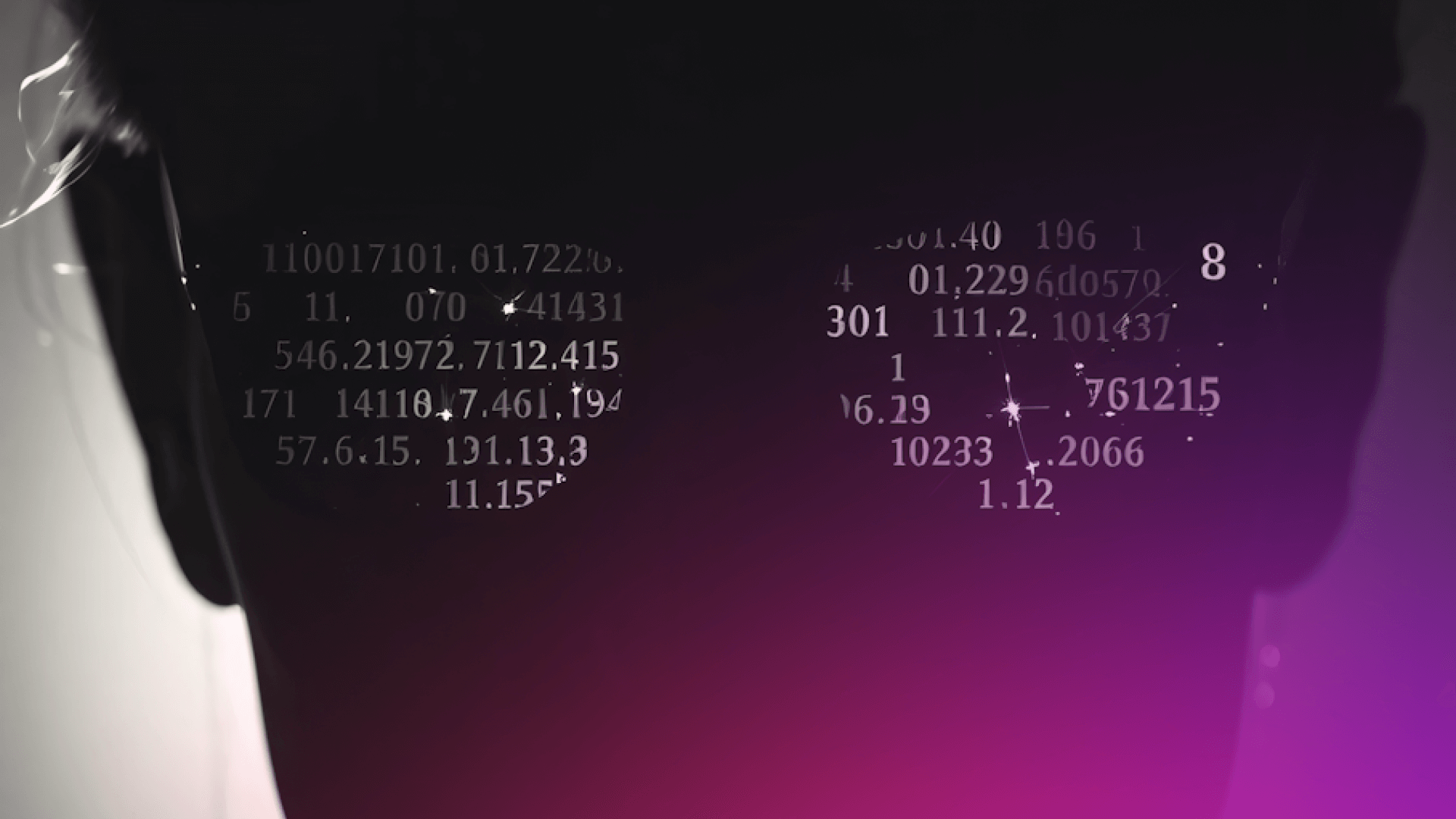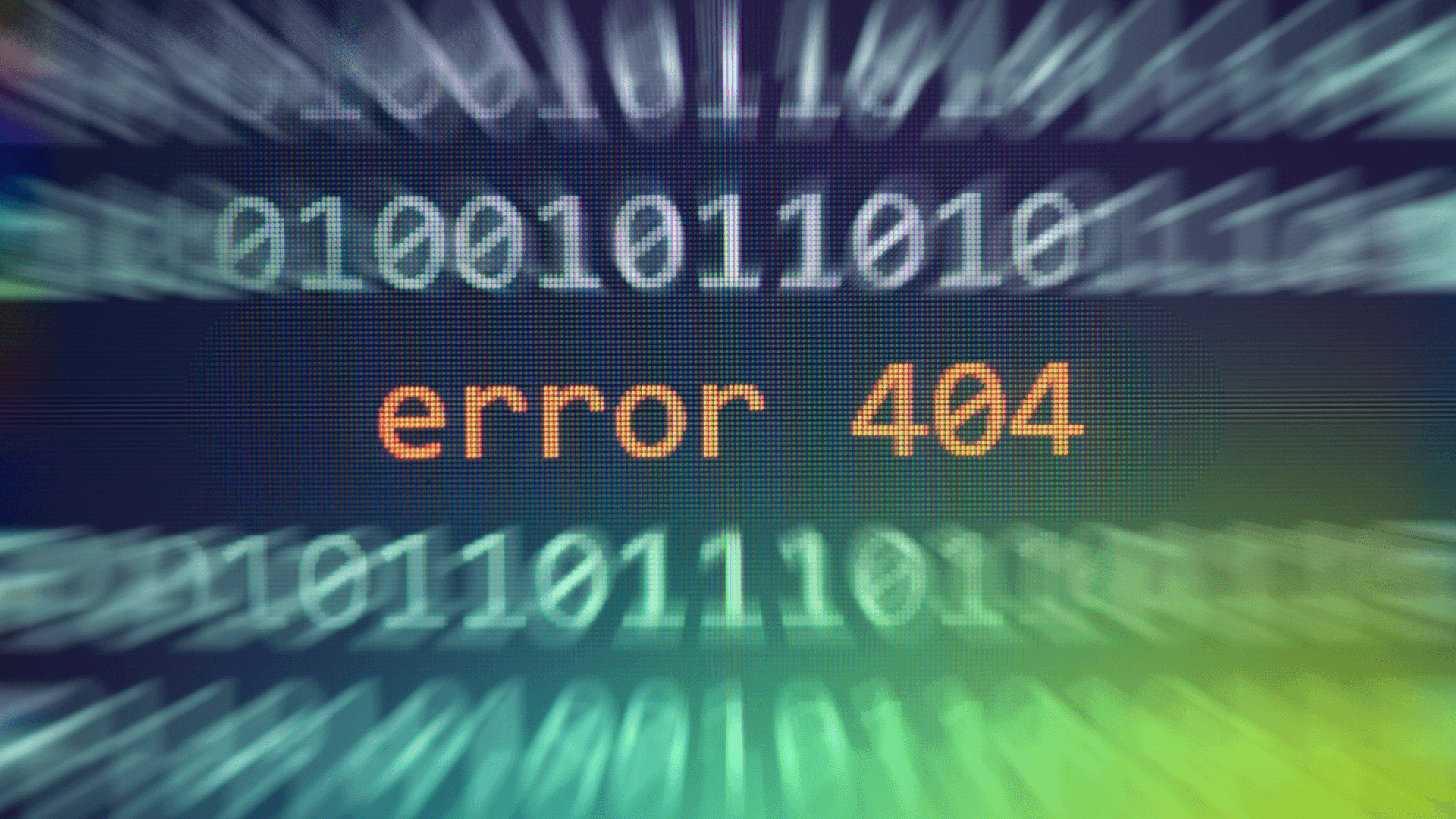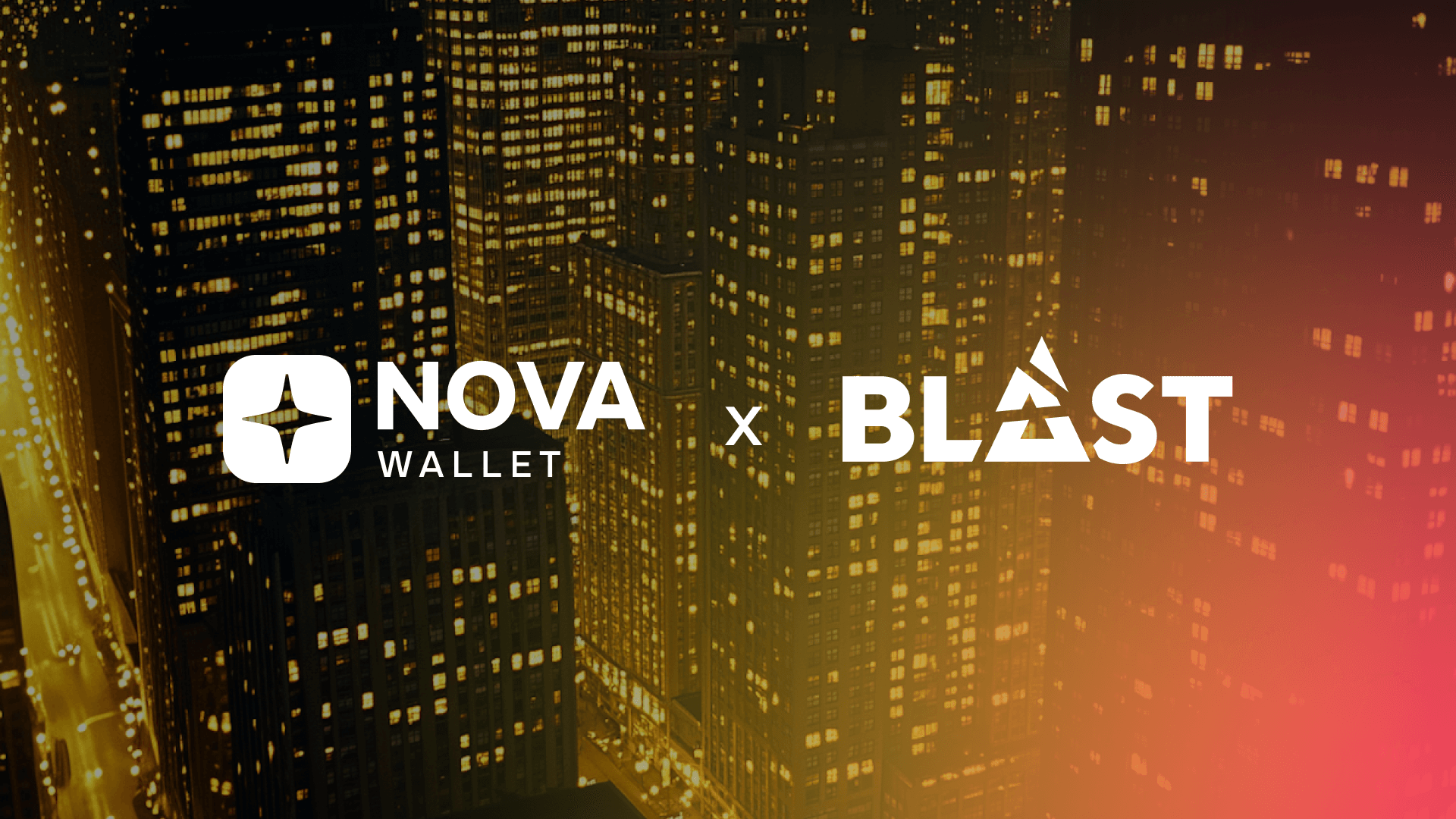What is a modular blockchain? Polkadot’s architecture explained
Learn the difference between modular and monolithic blockchain architectures, and how Polkadot pioneered early modular design. Explore how the Polkadot SDK and upcoming JAM upgrade empower teams to launch faster, scale easier, and build with more flexibility.
 By Joey Prebys•April 18, 2025
By Joey Prebys•April 18, 2025
What you can expect
- The difference between monolithic and modular blockchains—and why it matters
- How modular design helps blockchains scale, specialize, and launch faster
- What makes Polkadot’s approach to modularity unique (and ahead of the trend)
- How the Polkadot SDK and upcoming JAM architecture push modularity even further
There’s more than one way to build a blockchain—and the design choices made at the base layer can shape everything from performance to scalability to developer experience. As the industry matures, two architectural approaches have emerged: monolithic blockchains that bundle all core functions into a single chain, and modular blockchains that separate those functions across specialized layers. This shift represents more than just a technical trend—it’s a response to the blockchain trilemma of decentralization, scalability, and security.
This article explains what modular blockchains are, how they compare to monolithic blockchains, and why Polkadot took a modular path from the beginning. Whether you're a developer, investor, long-time crypto OG, or just curious about Polkadot, understanding these models is essential for evaluating the next generation of blockchain infrastructure.
The evolution of blockchain design (and why it matters now)
In the early days of crypto, monolithic blockchains like Bitcoin and Ethereum set the standard. These networks handle all core functions—execution, consensus, data availability, and settlement—on a single chain. While this bundled design is straightforward and secure, it introduces major scalability constraints as demand grows.
As crypto adoption surged, the cracks in the monolithic model began to show. Layer 2 solutions emerged as a quick fix, helping Ethereum scale by offloading execution to separate environments. But while L2s addressed throughput, they did not fundamentally solve the structural tradeoffs at the heart of blockchain design.
That is where modular blockchain design comes in—as a long-term solution to scalability and decentralization challenges. Rather than stacking more layers on top of a monolithic base, modular architecture separates core functions by design. It is not just a scaling workaround. It is a structural response to the blockchain trilemma, the long-standing challenge of balancing decentralization, scalability, and security.
Each major chain has had to navigate this tradeoff. Bitcoin leans heavily toward decentralization and security, often at the expense of scalability. Ethereum, originally monolithic, is now retrofitting modularity through rollups and sharding. But one network, Polkadot, was built with modularity in mind from the start. Its white paper was published in 2016, and by the time mainnet launched in 2020, its architecture was already structured to address the trilemma at its root.
What is a modular blockchain?
A modular blockchain is a type of blockchain architecture where core responsibilities are separated into different layers and can be managed independently. Each layer can specialize in one or more of these core functions:
- Execution handles transactions and smart contract logic.
- Consensus ensures the network agrees on what’s valid.
- Data availability ensures that transaction data can be retrieved and verified by the network.
- Settlement finalizes transactions and anchors them to the base chain.
Where monolithic blockchains handle these functions within a single protocol, modular blockchains decouple them, distributing them across specialized components or chains.
Think of it like a restaurant. A monolithic blockchain is like a single chef in a small kitchen doing everything—chopping, cooking, plating, and cleaning—one dish at a time. It works when things are simple, but it does not scale well.
A modular blockchain is more like a Michelin-starred kitchen during a dinner rush. Each chef works a dedicated station—from saucing to plating—moving with speed and precision. The team can serve more guests, tackle more complex dishes, and maintain high standards, all because the work is distributed.
Modular execution in practice
Rollups are a common example of modular blockchain design. They offload execution from the main chain while relying on its consensus and settlement for security. To address the blockchain trilemma and scale, Ethereum has begun adopting modularity through rollups and its upcoming sharding roadmap, but this is retrofit and not part of its original architecture.
Polkadot, by contrast, was built with modularity in mind. The Polkadot Chain (aka Relay Chain) handles consensus and shared security, while rollups (formerly known as parachains) manage and execute independently.
Other ecosystems are also embracing modularity, each with a slightly different approach. Celestia focuses solely on data availability, serving as a lightweight base layer for other blockchains. Cosmos supports app-specific chains that connect through a protocol called IBC, which allows independent chains to pass messages and assets between one another. EigenDA is a more recent addition to Ethereum’s modular stack, designed specifically to provide decentralized data availability for rollups.
Each of these ecosystems defines modularity in its own way, but all share the same goal: more scalable, flexible infrastructure built from specialized components.
Why modularity matters: scalability, flexibility, and speed to market
Modularity isn’t just a solution to scalability; it's a design choice that opens the door to faster launches, greater specialization, and more flexibility for developers building real-world applications. Because modular blockchains separate execution from consensus and data availability, multiple chains or rollups can run in parallel, each optimized for a specific function or use case.
This means new teams don’t have to build a full-stack blockchain from scratch, they can focus on execution and plug into shared consensus and data layers, dramatically reducing the complexity and time required to launch.
Because modular networks let developers skip the hardest parts of launching a chain and focus on building dapps, thousands of new developers have joined modular blockchain ecosystems since they moved from theory to reality around 2020.
Open frameworks like the Polkadot SDK (formerly Substrate SDK) make building onchain even easier. An SDK (software development kit) is a set of prebuilt tools and modules that developers can use to quickly assemble and customize a blockchain. In Polkadot’s case, the SDK offers ready-made components for execution, governance, and interoperability so teams can launch faster without compromising flexibility.
This flexibility also makes modular networks more adaptable to specific applications. A blockchain gaming platform might prioritize speed and low latency. A DeFi protocol might require custom fee logic or fast finality. An identity-focused chain might be built for privacy and auditability. In a modular system, developers can design around these needs, choosing or building the exact tools for the job, without compromising scalability or security.
The result is a faster feedback loop for innovation, where experimentation is easier, iteration is faster, and new ideas can go from concept to MVP in a fraction of the time.
Polkadot: the OG modular blockchain
Polkadot was built with modularity in mind from day one, years before it became a broader trend in blockchain design. After co-founding Ethereum, Dr. Gavin Wood grew concerned about its limitations in scalability and interoperability. When efforts to address those challenges at the base layer stalled and the protocol turned to external solutions like Layer-2s, Wood left to build Polkadot: a heterogeneous mulitichain framework designed to tackle those problems head-on.
At the core of Polkadot’s design is the Polkadot Chain (aka Relay Chain), which provides consensus and shared security, while specialized rollups handle execution independently. This modular architecture enables parallel transaction processing and horizontal scalability, allowing the network to grow by adding more chains, each optimized for a different use case.
One of Polkadot’s biggest advantages is shared security. All rollups on the network benefit from the Polkadot Chain’s large, decentralized validator set—a group of participants that verify and finalize transactions across the entire system. That means when a rollup submits transactions back to the Polkadot Chain, finality is fast. In other words, transactions are quickly confirmed, locked in, and can’t be reversed. There’s no waiting for extra confirmations or relying on outside infrastructure to know the transaction really happened. This is unlike retrofitted modular systems, where transactions often have to pass through extra steps or third-party tools before they’re considered final.
Interoperability is just as critical to scalability as shared security—and Polkadot has made it a core feature from the beginning. Rollups on Polkadot can seamlessly communicate and transfer assets with each other using XCM, the network’s native cross-consensus messaging system. There’s no need for third-party bridges or compatibility hacks. On Polkadot, apps and rollups can communicate as if they’re all in the same group chat—no switching platforms, no copy-pasting messages, no translator required. Everything speaks the same language by design.
How Polkadot takes modularity even further
Polkadot’s modular design didn’t stop with the Polkadot Chain and rollups. The addition of the Polkadot SDK gives developers a powerful toolkit to build custom blockchains—from appchains and service-specific chains to general-purpose blockchains—with reusable modules for execution, governance, and interoperability. What makes it especially unique is that it’s chain-agnostic—developers don’t have to connect their chain to Polkadot at all.
For example, Aleph Zero is a privacy-focused blockchain built using the Polkadot SDK. It runs its own independent consensus and infrastructure without relying on the Polkadot Chain, yet still benefits from the SDK’s modular tooling. This kind of flexibility shows how Polkadot is taking modularity even further, giving teams the option to build fast, specialized blockchains that can integrate with Polkadot or stand on their own.
Polkadot is extending that vision with the upcoming JAM (Join-Accumulate Machine) architecture, which introduces a new layer of vertical scalability. While horizontal scalability is about adding more parallel chains, vertical scalability focuses on enabling many lightweight services to run on top of a single base—without compromising performance or decentralization.
JAM makes this possible by introducing a shared container runtime. Dr. Gavin Wood describes it like a flower: the center is a coordinating hub that unifies the network’s state, and the petals are cores that support modular services—these could be smart contracts, dapp environments, rollups, or entirely new execution layers. Each petal runs independently but interoperates smoothly within the same system.
This is a major step forward. While other ecosystems are still stitching together rollups, sequencers, and data layers—often with added complexity and risk—Polkadot is building toward a unified, service-oriented architecture where execution, communication, and security are coordinated from the start. Polkadot isn’t following the modular playbook—it’s writing the next chapter.
TL;DR: monolithic vs. modular blockchains
- Monolithic blockchains bundle all core functions—execution, consensus, data availability, and settlement—into a single chain.
- Modular blockchains separate those functions across specialized layers or systems that can be mixed and matched.
- Monolithic = rigid, harder to scale, slower to evolve.
- Modular = flexible, scalable, adaptable to new use cases.
- Ethereum is retrofitting modularity through rollups and sharding.
- Polkadot was modular from day one—and it’s still pushing the model forward.
The future is modular
Modular blockchains aren’t just a passing trend—they’re the future of Web3 infrastructure. And Polkadot has been leading that shift from the very beginning.
Its early architectural decisions—like separating execution from consensus and building in shared native security and interoperability—are now proving essential for scalability, speed, and innovation. With the Polkadot SDK and upcoming JAM architecture, Polkadot is taking that modular foundation even further: enabling developers to build faster, customize more deeply, and scale vertically within a unified, chain-agnostic system.
As the rest of the industry races to retrofit modularity, Polkadot is already building what comes next.
Learn more about Polkadot’s next-gen architecture and the JAM upgrade.











